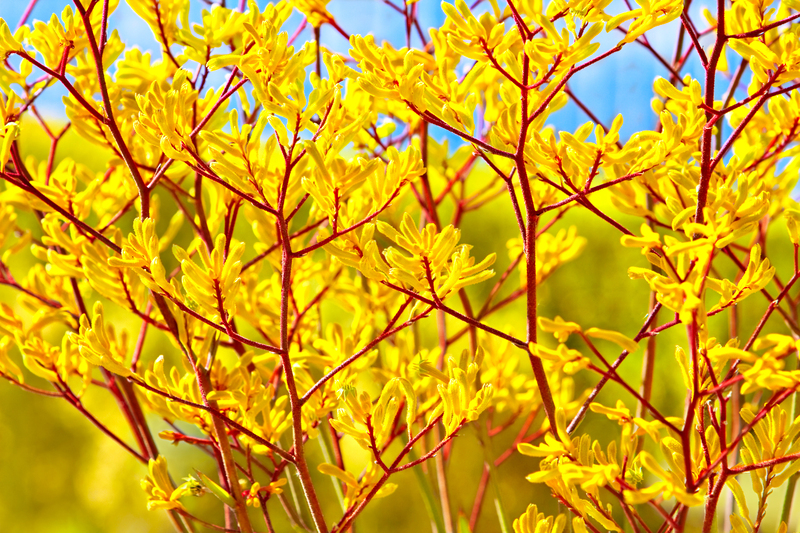Choosing Fence Panels for Windy Sites
Posted on 12/01/2025
When it comes to installing a fence in a windy area, the task can be daunting. The right fence panels combine functionality, durability, and aesthetic appeal without compromising on security and privacy. This article will guide you through the essential aspects to consider when selecting fence panels for windy sites.
Understanding Wind Load on Fences
Before diving into the selection, it's crucial to understand how the wind affects fence panels. Wind load is the force exerted by the wind on a structure. In windy areas, the pressure from the wind can cause substantial strain, ultimately leading to potential damage or failure. Therefore, choosing the right fence panel design is imperative to ensure durability and stability.

Types of Fence Panels Suitable for Windy Areas
When selecting fence panels for windy sites, not all types are created equal. Let's explore some options:
1. Slatted Fence Panels
Slatted fence panels have narrow gaps between the slats, allowing wind to pass through while still maintaining privacy. This reduces wind pressure and lessens the likelihood of the fence toppling over.
2. Trellis Panels
Trellis panels offer both decorative elements and functionality. With their lattice design, these panels allow wind to pass through with ease. This makes them an excellent choice for windy locations.
3. Welded Mesh Panels
Welded mesh panels provide a sturdy structure with minimal wind resistance. These panels are ideal for areas with high wind speeds due to their robust design and open framework.
4. Composite Panels
Composite panels are made from a combination of wood and plastic, offering durability and flexibility. They often come with designs that allow some wind passage while maintaining security and privacy.
Materials to Consider for Windy Sites
The material used in the construction of fence panels greatly influences their durability and ability to withstand windy conditions. Here are some materials to consider:
1. Pressure-Treated Wood
Pressure-treated wood is durable and resistant to rot and insects, making it a suitable choice for windy areas. However, it requires regular maintenance to prevent weathering.
2. Metal
Metal fence panels, such as aluminum or steel, provide excellent strength and durability. They withstand high winds better than most other materials, but they may require a protective coating to prevent rust.
3. Vinyl
Vinyl is a low-maintenance, long-lasting option. It is resistant to water and wind damage, but it can become brittle over time, especially in very cold climates.
4. Composite Materials
Composite materials offer a balance of strength and flexibility. They are resistant to warping, insects, and decay, making them ideal for windy locations.
Tips for Installing Fence Panels in Windy Areas
To ensure your fence panels withstand windy conditions, consider the following tips:
- Anchor Posts Deeply: Ensure that the fence posts are anchored deeply into the ground to provide a sturdy foundation.
- Use Gravel and Concrete: Use gravel at the base and concrete to set the posts. This adds extra stability.
- Stagger Panels: Stagger the panels to reduce the wind pressure exerted on any single area of the fence.
- Leave Gaps: Allow small gaps between the panels to let the wind pass through more easily, reducing overall pressure.
- Choose the Right Height: Selecting an appropriate fence height based on the wind conditions in your area can significantly impact the fence's performance.
Pros and Cons of Different Fence Panels for Windy Sites
Slatted Fence Panels
Pros: Allows wind passage, maintains privacy, aesthetically pleasing.
Cons: May have higher maintenance requirements depending on material.
Trellis Panels
Pros: Decorative, effective wind resistance, supports climbing plants.
Cons: Offers less privacy than solid panels.
Welded Mesh Panels
Pros: Strong, durable, minimal wind resistance.
Cons: Less privacy, can be more industrial in appearance.
Composite Panels
Pros: Durable, minimal maintenance, flexible designs.
Cons: Can be more expensive, potential for color fading.

Takeaways
Choosing the right fence panels for windy sites involves striking a balance between durability, functionality, and aesthetics. The key points to remember are:
- Understand wind load and its effects on fence panels.
- Choose appropriate materials like pressure-treated wood, metal, vinyl, or composite materials.
- Consider designs that allow wind passage, such as slatted or trellis panels.
- Install fence panels with proper techniques to ensure stability in windy conditions.
Conclusion
Selecting the right fence panels for windy sites can ensure longevity and safety while enhancing the aesthetic appeal of your outdoor space. By carefully considering the design, materials, and installation techniques, you can build a fence that withstands harsh winds and provides the security and privacy you need.
Investing time in research and proper planning will not only enhance the durability of your fence but also offer peace of mind, knowing that your fence will stand resilient against the challenges of windy conditions.












